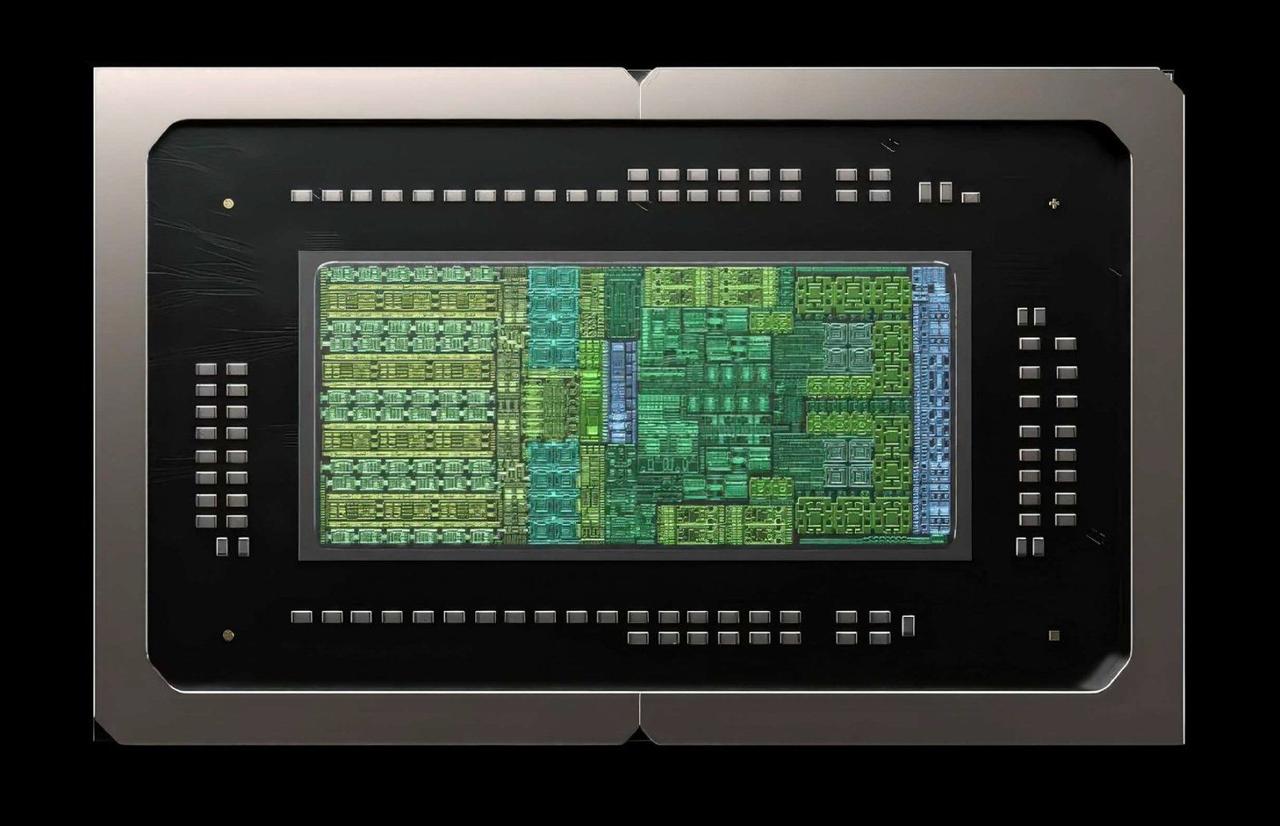NVIDIA Enters Desktop AI Market with GB10 Grace Blackwell Chip, ASUS Leads Launch
3 Sources
3 Sources
[1]
Nvidia's first desktop PC chip lands this month -- Asus leads with Ascend GX10 Grace Blackwell desktop platform
Actual systems based on Nvidia's GB10 Grace Blackwell platform will be launched starting July 22, according to an Asus invitation, spotted by VideoCardz, promoting the event. The company plans to re-introduce its Ascend GX10 mini-PC on the day. However, the presentation itself barely indicates availability timeframe, or actual price, though both were touched upon by Nvidia itself previously. "Asus Ascent GX10 Product Launch: Discover the power of the compact Asus Ascent GX10," a statement in the flyer published by VideoCardz reads. "Learn about its key advantages and how it empowers Al development. Nvidia Keynote Speaker: Hear from an Nvidia expert on the cutting-edge features of DGX Spark Software Stack - and how they are redefining Al performance." The description clearly puts the Asus Ascend GX10 system beyond 'just mini PCs' and skyrockets the unit right into the workstation and edge AI space. Nvidia's GB10 Superchip system-in-package (SiP) integrates a Grace CPU that packs 10 high-performance Arm Cortex-X925 cores running up to 3.90 GHz with 10 power-efficient Cortex-A725 cores, alongside a Blackwell GPU capable of delivering 1 PetaFLOPS of FP4 compute throughput for AI workloads. The SiP features a 256-bit memory interface supporting 128GB of unified LPDDR5X memory, reaching bandwidths up to 273 GB/s, which is comparable to the memory subsystem of Apple's M4 Pro. Nvidia positions the GB10 platform as an AI solution that delivers data center-level performance in a compact form-factor suitable for workstations and edge deployments. The unit is expected to come at a steep price, though, something that Asus does not clear up at this point. Nvidia emphasizes the SiP's unified memory architecture, massive FP4 throughput, and strong single-thread performance as key advantages over traditional CPU-GPU setups. In this way, Nvidia presents GB10 as an ideal solution for building and running LLMs, generative AI applications, and other demanding workloads on desktop-class systems. However, leaked performance Geekbench figures of the GB10 may disappoint. When it comes to general-purpose compute in Geekbench, the GB10 is close to Qualcomm's Snapdragon X Elite and near Apple's M3 processor, based on the leaked scores. Given that this processor targets AI workstation use cases, high single-thread performance remains an important factor. Asus' Ascend GX10 mini-PC should closely resemble those of Nvidia's own DGX Spark small form-factor system that is priced at $3,000. In addition to Asus, Dell, HP, and Lenovo are prepping their own versions of the DGX Spark, though prices of such machines as well as their positioning remains unclear.
[2]
Nvidia GB10 Grace Blackwell Desktop Chip Ascend GX10 Asus Launch Details
Nvidia is stepping into the desktop PC chip market with its new GB10 Grace Blackwell platform, aiming squarely at AI workloads. Asus is taking the lead by launching systems based on this platform starting July 22. At this launch, Asus will also bring back its Ascend GX10 mini-PC. However, the exact timing for availability and pricing isn't fully detailed yet -- though Nvidia has shared some information in the past. The GB10 is quite a unique system-in-package combining a 20-core CPU and a powerful GPU designed specifically for AI tasks. The CPU part includes 10 high-performance Arm Cortex-X925 cores running up to 3.9 GHz, paired with 10 energy-efficient Cortex-A725 cores. On the GPU side, there's Nvidia's Blackwell architecture, capable of delivering 1 PetaFLOPS of FP4 compute power, optimized for artificial intelligence workloads like large language models and generative AI. One of the key strengths of the GB10 platform is its unified memory system. It features 128GB of LPDDR5X memory on a 256-bit interface, providing up to 273 GB/s bandwidth. This is comparable to the memory system found in Apple's M4 Pro chip, highlighting its capability for handling large, memory-intensive AI models efficiently. Nvidia positions this chip as a solution that brings data center-level AI performance into a compact desktop or edge device. Asus's Ascend GX10 mini-PC will serve as a showcase for this platform, targeting AI researchers, developers, and professionals needing powerful AI workstations in a smaller form factor. It's expected to be similar to Nvidia's DGX Spark system, which is priced around $3,000, though the exact cost of Asus's version hasn't been officially announced. Other major PC manufacturers like Dell, HP, and Lenovo are also preparing their versions of DGX Spark systems based on the same Nvidia platform. Details on their pricing and release dates are still under wraps, but these efforts indicate Nvidia's plan to establish this architecture broadly across AI-focused desktop workstations. Performance-wise, some leaked Geekbench results show the GB10's general compute power falls close to Qualcomm's Snapdragon X Elite and Apple's M3 processor. While this might seem underwhelming in raw CPU benchmarks, it's important to remember this chip's main focus is AI workloads where GPU compute and unified memory architecture play a larger role. Nvidia highlights the system's strong single-thread CPU performance, massive FP4 throughput on the GPU, and unified memory as key advantages over traditional CPU-GPU setups. Source: Tomshardware
[3]
ASUS's new Ascent GX10 with GB200 Blackwell Superchip launches July 22, its new AI Mini-PC
As an Amazon Associate, we earn from qualifying purchases. TweakTown may also earn commissions from other affiliate partners at no extra cost to you. ASUS has confirmed that its new AI supercomputer, the Ascent GX10, will be launching on July 22. The new ASUS Ascent GX10 is powered by NVIDIA's new GB200 Grace Blackwell Superchip, and acts as a powerful AI workstation that sits on your desk. The new ASUS Ascent GX10 is a small Mini-PC workstation that is tailored towards AI development and inference workloads, packing NVIDIA's new Grace CPU and Blackwell GPU inside of a unified GB200 Grace Blackwell Superchip. The Ascent GX10 will be configured with 128GB of LPDDR5X memory, PCIe Gen5 connectivity, NVMe SSD, and a custom cooling solution. The bigger news here about the launch of the ASUS Ascent GX10 system is that this is NVIDIA's first serious foray into the desktop CPU business, and while it's not a regular x86-based processor, the Grace CPU is an Arm-based processor that is normally aimed at the HPC and server workload space. However, the integration of the Arm-based Grace CPU in the ASUS Ascent GX10 will be used by developers and AI researchers needing edge AI compute, all without relying on traditional x86-based platforms. ASUS's new Ascent GX10 workstation AI system will compete against the likes of systems powered by AMD's new Ryzen AI Max 300 series "Strix Halo" APUs and Apple's Mac Studio. It won't be the only one, but for AI developers this is going to be a popular system, and it gives NVIDIA the chance to test its Grace Blackwell Superchip some testing in the real world.
Share
Share
Copy Link
NVIDIA's first desktop PC chip, the GB10 Grace Blackwell, is set to debut this month. ASUS leads the launch with its Ascend GX10 mini-PC, marking NVIDIA's entry into the desktop AI market.
NVIDIA's Groundbreaking Entry into Desktop AI Market
NVIDIA is making a significant move into the desktop PC chip market with its new GB10 Grace Blackwell platform, specifically designed for AI workloads. The company's first desktop PC chip is set to launch this month, with ASUS leading the charge by introducing systems based on this platform starting July 22
1
2
.The GB10 Grace Blackwell: A Powerful AI-Focused SiP
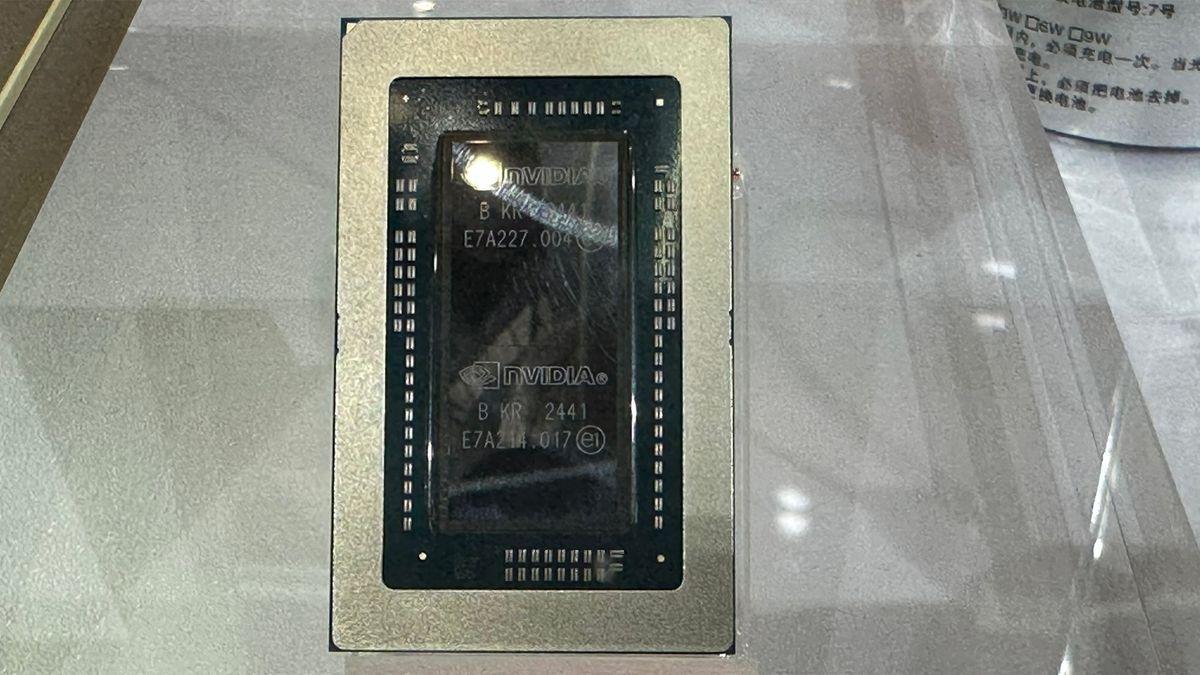
Source: Tom's Hardware
At the heart of this innovation is NVIDIA's GB10 Superchip system-in-package (SiP). This cutting-edge chip integrates:
- A Grace CPU featuring 10 high-performance Arm Cortex-X925 cores (up to 3.90 GHz) and 10 power-efficient Cortex-A725 cores.
- A Blackwell GPU capable of delivering 1 PetaFLOPS of FP4 compute throughput for AI workloads
1
.
The GB10 boasts a unified memory architecture with a 256-bit memory interface supporting 128GB of LPDDR5X memory, achieving bandwidths up to 273 GB/s. This memory system is comparable to Apple's M4 Pro, highlighting its capability for handling large, memory-intensive AI models efficiently
1
2
.ASUS Ascend GX10: Showcasing the GB10 Platform
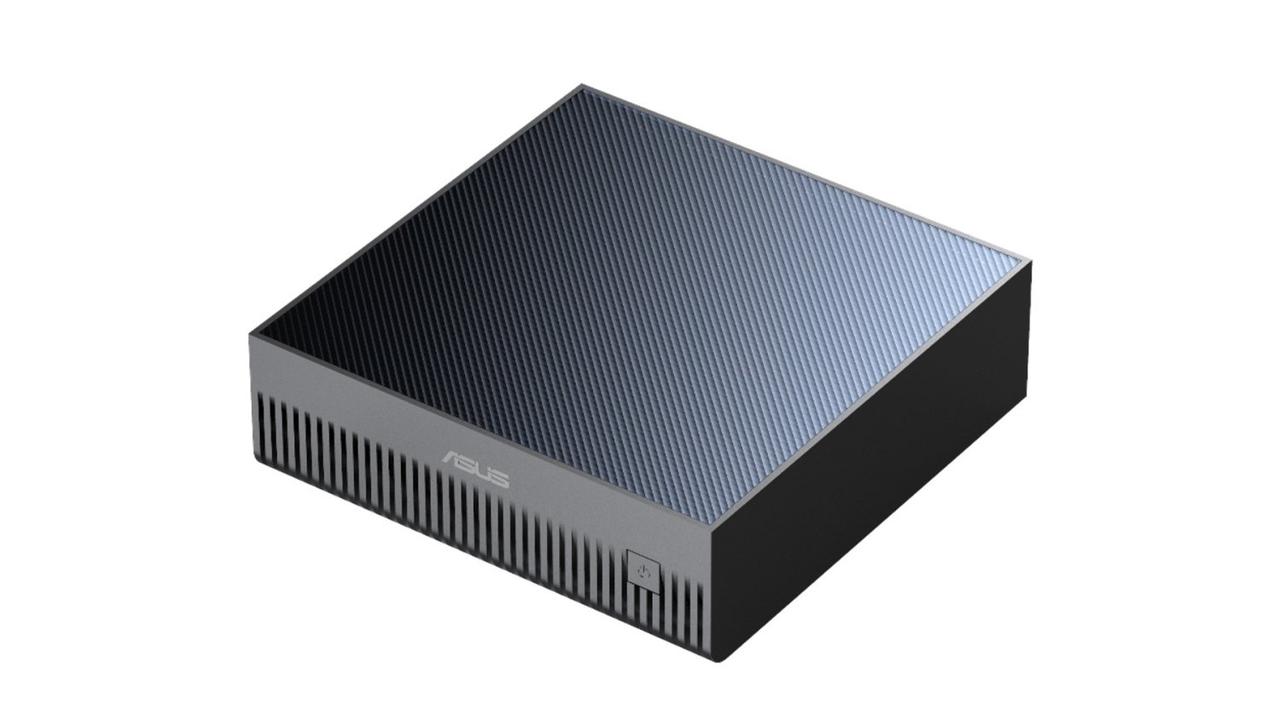
Source: TweakTown
ASUS is taking the lead in bringing this technology to market with its Ascend GX10 mini-PC. The system is positioned as an AI solution that delivers data center-level performance in a compact form-factor suitable for workstations and edge deployments
1
3
.Key features of the ASUS Ascend GX10 include:
- Powered by NVIDIA's GB200 Grace Blackwell Superchip
- 128GB of LPDDR5X memory
- PCIe Gen5 connectivity
- NVMe SSD
- Custom cooling solution
3
Market Positioning and Competition
NVIDIA is positioning the GB10 platform as an ideal solution for building and running Large Language Models (LLMs), generative AI applications, and other demanding workloads on desktop-class systems. The unified memory architecture, massive FP4 throughput, and strong single-thread performance are highlighted as key advantages over traditional CPU-GPU setups
1
2
.The ASUS Ascend GX10 is expected to compete with systems powered by AMD's new Ryzen AI Max 300 series "Strix Halo" APUs and Apple's Mac Studio. It's anticipated to be priced similarly to NVIDIA's own DGX Spark small form-factor system, which costs around $3,000
1
3
.Related Stories
Industry Impact and Future Prospects
This launch marks NVIDIA's first serious foray into the desktop CPU business. While not a traditional x86-based processor, the Grace CPU's integration into desktop systems opens new possibilities for AI developers and researchers needing edge AI compute without relying on conventional x86 platforms
3
.Other major PC manufacturers, including Dell, HP, and Lenovo, are also preparing their versions of DGX Spark systems based on the same NVIDIA platform, indicating a broader industry shift towards AI-focused desktop workstations
1
2
.Performance Expectations
While leaked Geekbench figures suggest the GB10's general compute power is comparable to Qualcomm's Snapdragon X Elite and Apple's M3 processor, it's important to note that the chip's primary focus is on AI workloads. The true performance benefits are expected to be seen in tasks leveraging the GPU compute capabilities and unified memory architecture
1
2
.As the launch date approaches, the tech industry eagerly anticipates the real-world performance and impact of NVIDIA's GB10 Grace Blackwell platform on the desktop AI market.
References
Summarized by
Navi
[1]
Related Stories
ASUS Unveils Ascent GX10: A Compact AI Supercomputer Powered by NVIDIA's GB10 Grace Blackwell Superchip
19 Mar 2025•Technology
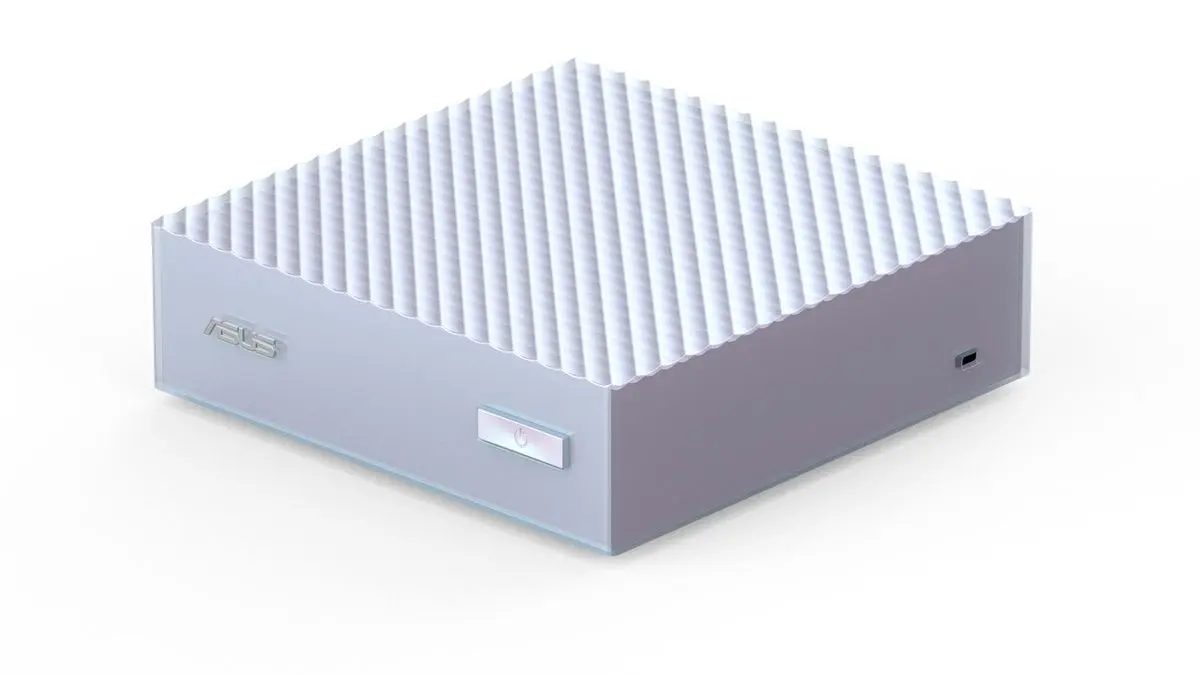
ASUS Unveils ExpertCenter Pro ET900N G3: A Desktop Powerhouse with NVIDIA's GB300 Blackwell Ultra Superchip
22 Jul 2025•Technology
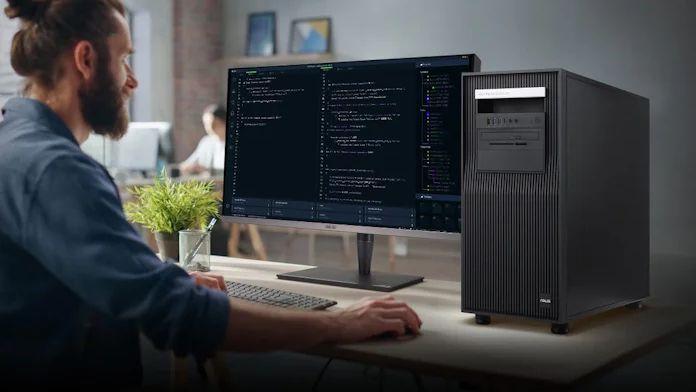
NVIDIA's DGX Spark: A Compact AI Powerhouse Set to Launch in July 2025
03 Jun 2025•Technology
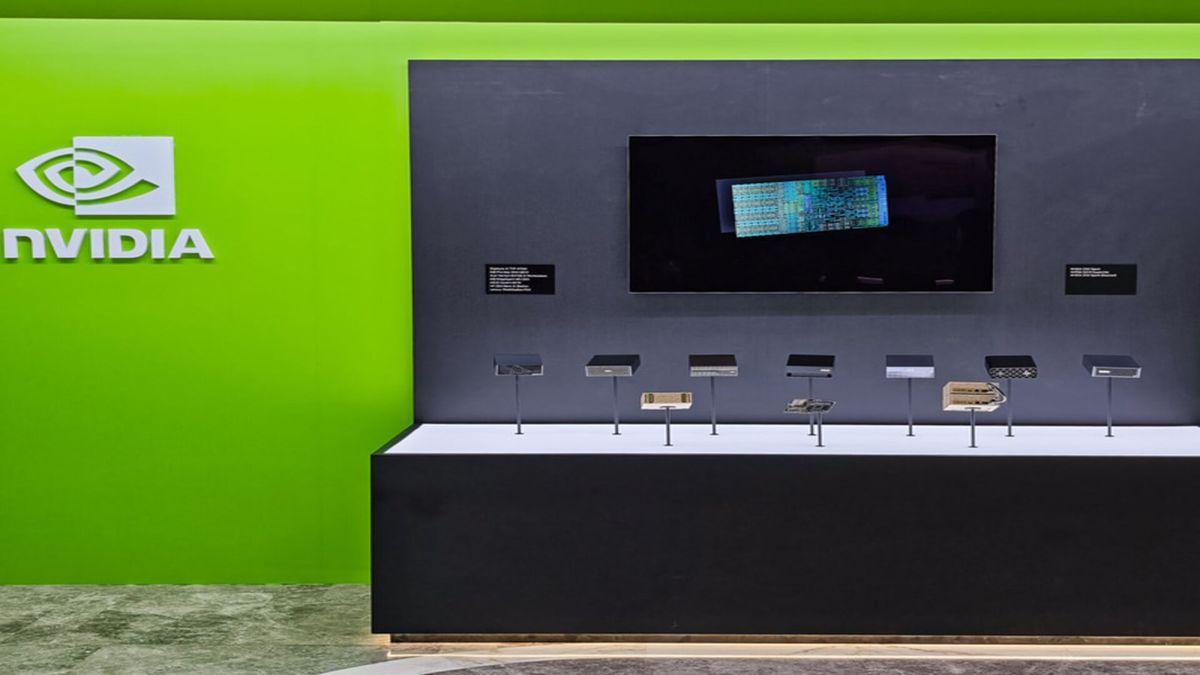
Recent Highlights
1
Nvidia acquires AI chip startup Groq for $20 billion in largest deal ever
Technology
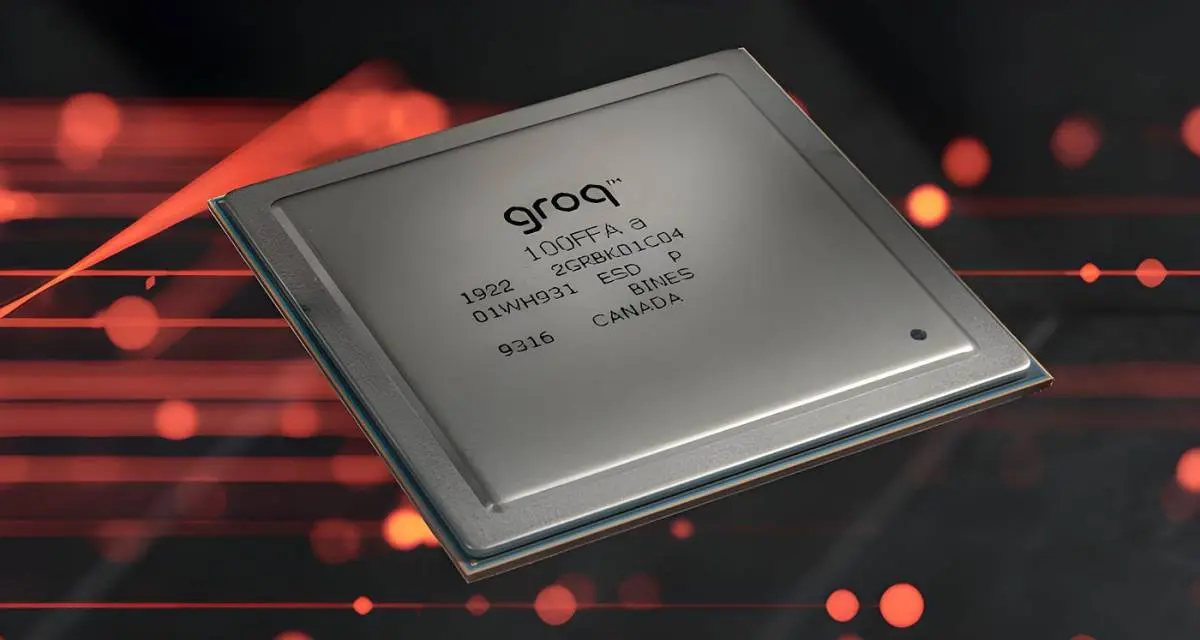
2
Chinese AI Models Close Gap With US Systems as Open-Source Strategy Reshapes Global Tech Order
Policy and Regulation
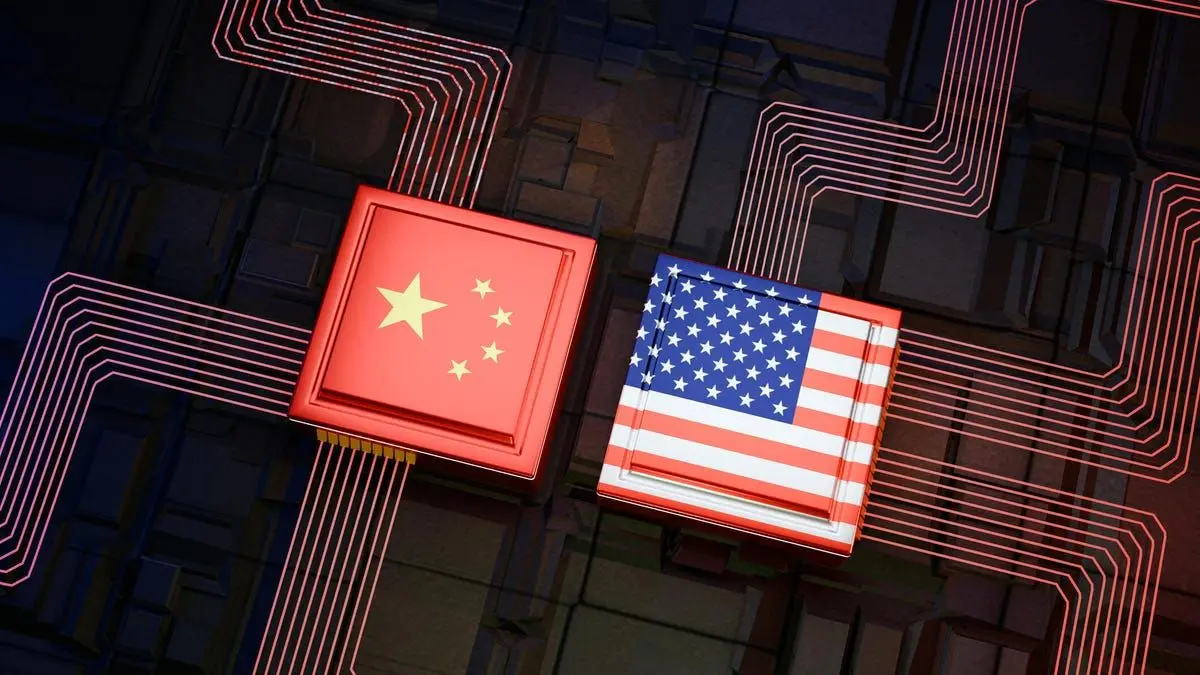
3
Samsung unveils Exynos 2600, world's first 2nm smartphone chip set to power Galaxy S26 series
Technology

